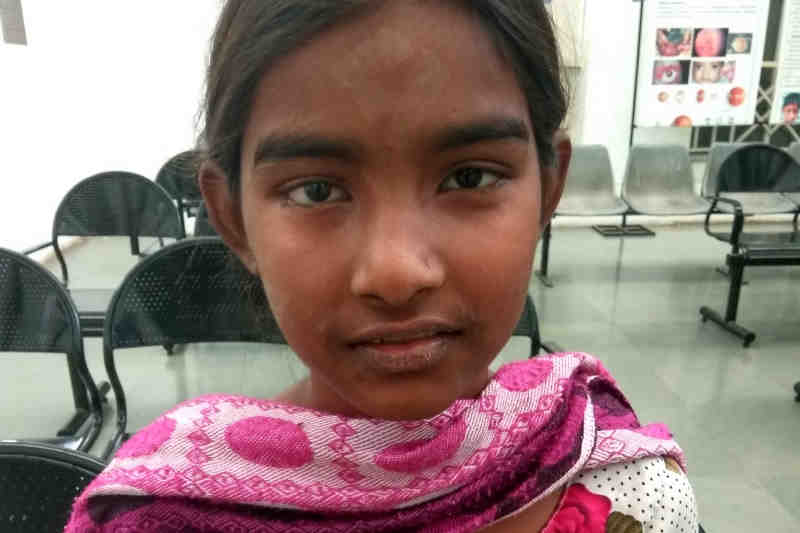Ophthalmologists’ training centre upskills Pune doctors
A new training centre for ophthalmologists in India aims to upskill medical personnel in the use of modern devices, to make treatments such as phacoemulsification more readily available to the masses.
About a third of the world’s 36 million blind people have lost their vision due to a treatable cataract. Particularly in remote regions, the training and continuing education of ophthalmologists and medical personnel are a key part in the fight against preventable blindness.
Zeiss and the Christoffel Mission for the Blind (CBM) have – together with a local partner, the Poona Blind Men Association – opened the new training center for treating cataracts in Pune, near Mumbai in India. The goal is to train ophthalmologists and medical personnel throughout the country in the modern, minimally-invasive surgical technique, of phacoemulsification.
CBM and Zeiss have a long-standing collaboration and the establishment of this phacoemulsion training centre follows one opened by CBM and Zeiss in Paraguay last year.
"In India, one of the world's most populous countries, there is a real need for ophthalmologists with the right training," says CBM's CEO, Dr Rainer Brockhaus. "With this new center, we're doing our part to enable top-quality ophthalmic care. In the future, poorer people in remote regions will also benefit from this."
Doctors and medical personnel learn how to use modern devices at the training center located at Pune’s HV Desai Eye Hospital. CBM has supported the eye hospital, run by the Poona Blind Men Association, since 2000. The eye clinic serves a region with more than 37 million people and conducts field visits within a 350 kilometer radius. In the past year, it saw more than half a million patients, and more than 34,000 of them underwent cataract surgery. The local partner covers the costs for those people who cannot afford treatment.
One such patient is ten-year-old Anjali. The girl, who lives with her grandparents, was almost blind in both eyes and could hardly see what was taught in class. During a mass screening at her school, the eye care team diagnosed a cataract in each eye. Anjali underwent surgery at the eye hospital and can now see again. The procedure only took a few minutes, but it changed her life.
While phacoemulsification - a technique that employs ultrasonic vibrations to break up the clouded lens before an artificial lens is implanted - has been a standard method in countries like Germany for several decades, it has been much slower to reach many developing countries.
"Thanks to this collaboration, we're helping to establish modern ophthalmic techniques in countries like India, thereby improving eye care treatment for patients," says Carl Zeiss Meditec’s Dr Ludwin Monz.



























